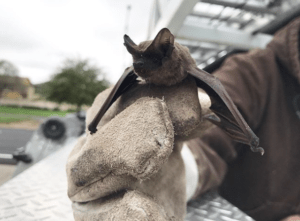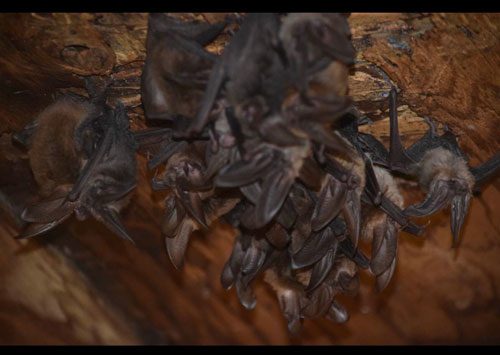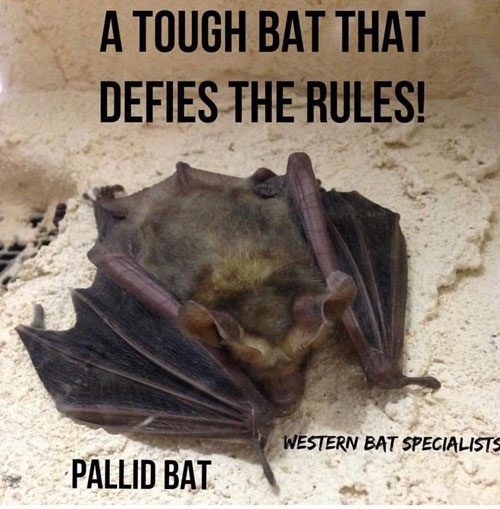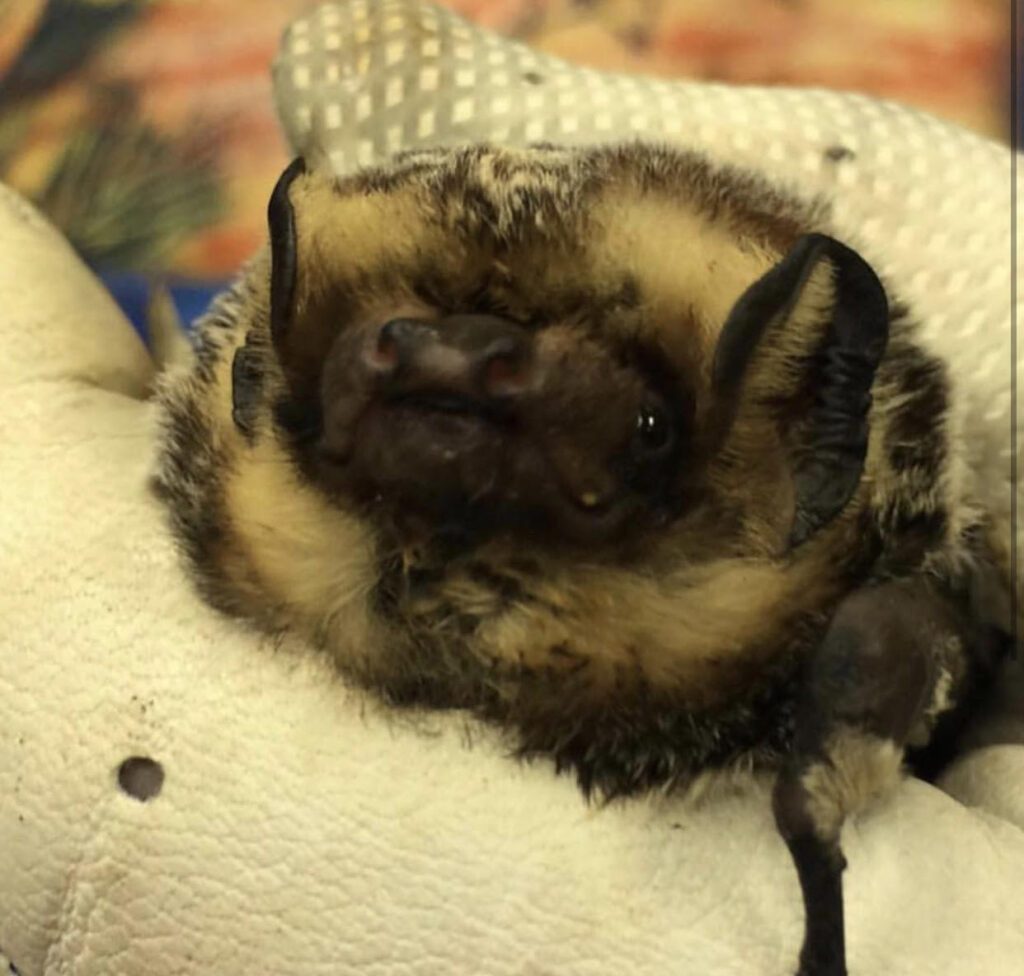DID YOU KNOW THERE ARE 3 “B’S” IN POLLINATION?
Most everyone has heard of the “Birds and the Bees”. And rightly so, as they are extremely important pollinators that life itself depends on. But were you aware that another pollinator fits right up there in importance with them? Yes, bats!
The scientific term is “Chiropterophilly”. Bat pollination. Bats pollinate many, many fruits (as well as flowers) including mangos, wild bananas, cocoa, dates, cashews, guavas, agave (used for tequila) and a less familiar fruit to the western hemisphere, the durian. The durian is grown in Indonesia, and is an extremely critical export for the peoples there. It brings in hundreds of millions of dollars in exports. Now that it is understood that the huge “Flying Foxes” as well as the Cave Nectar Bat are vital pollinators, it is hoped that more of an effort will be made to conserve these bats; which are sometimes killed for meat and considered a pest by farmers.

Other important pollinators in the bat world include the Mexican Long-tongued, the Lesser Long-nosed, and the mouse-sized Anoura Fistulata. The latter is found in Ecuador, and although it is mouse-sized, it has a tongue that is about 3.4” long. This tongue is very useful for reaching down deep-throated flowers, getting the nectar out and pollinating them. It cannot store such a long tongue entirely in its mouth, so it rolls its tongue into its body, under the rib cage.
Not only are bats great and essential pollinators, they also spread seeds. Rainforest ecosystems rely on bats to regenerate – critical when we are losing rain forests at such a rapid rate!
We marvel at the beautiful symbiotic dance of life that bats have with plants. Plants need bats as much as bats need them. 2 very important amino acids needed by bats are manufactured by plants in their nectar… substances that are useless to the plant, but helpful to the bats.

As bats migrate, they pollinate many species of plants along the way. Plants amazingly open their flowers – in sequence – one after another after another, along a bat-travelled corridor of a migratory route. Imagine yourself taking a long road trip through the night on a lonesome highway; and as you approach towns the lights turn on and their restaurants open up right before you get there, in anticipation of your arrival. How totally magnificent that would be!
While bees take the day shift in pollinating, bats take the night shift. The “graveyard” shift. Thus pollination goes on 24 hours a day. Bats also tend to like flowers that are opposite of ones that bees like and so flowers bloom, trees put forth fruit and the world is pollinated.
These are some of the reasons that bats are protected in many areas, as an awareness of their importance is steadily growing. The Lesser Long-nosed bat was listed as endangered in 1988 and there were fewer than 1,000 left. In 2018 they were removed from the endangered list with an estimated 200,000 of them in the Southwest United States and Mexico. We can make a difference with our efforts to protect and care for our bats!
Written by L. Acosta
 These bats are insectivores, dining and devouring on a large number of insects including
These bats are insectivores, dining and devouring on a large number of insects including






